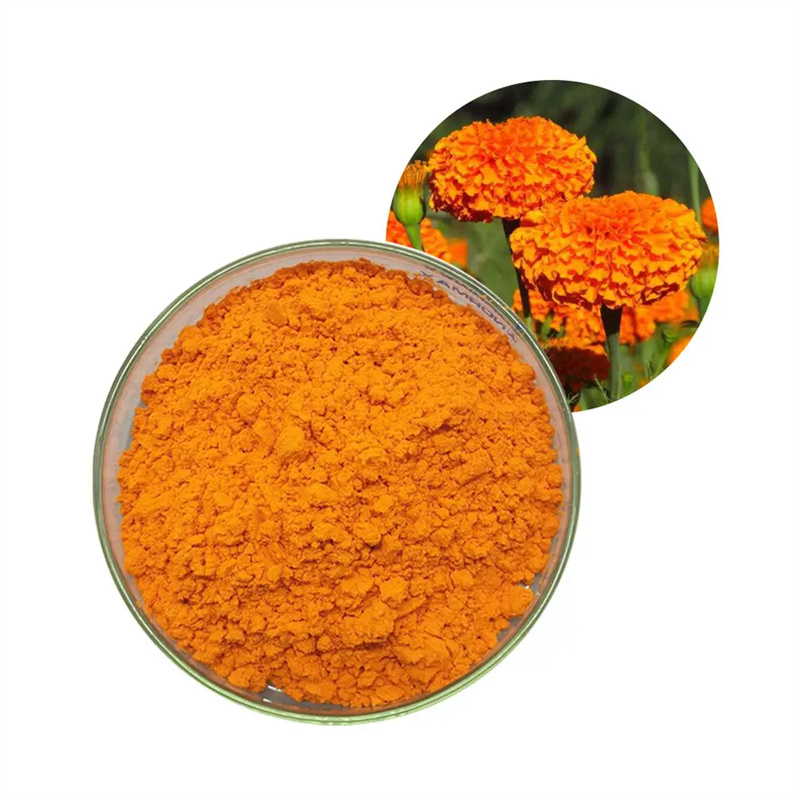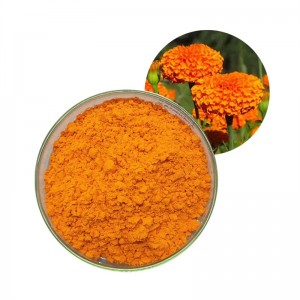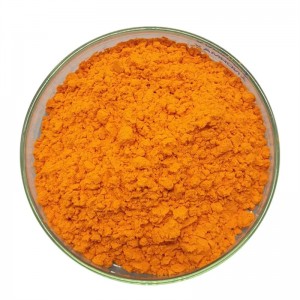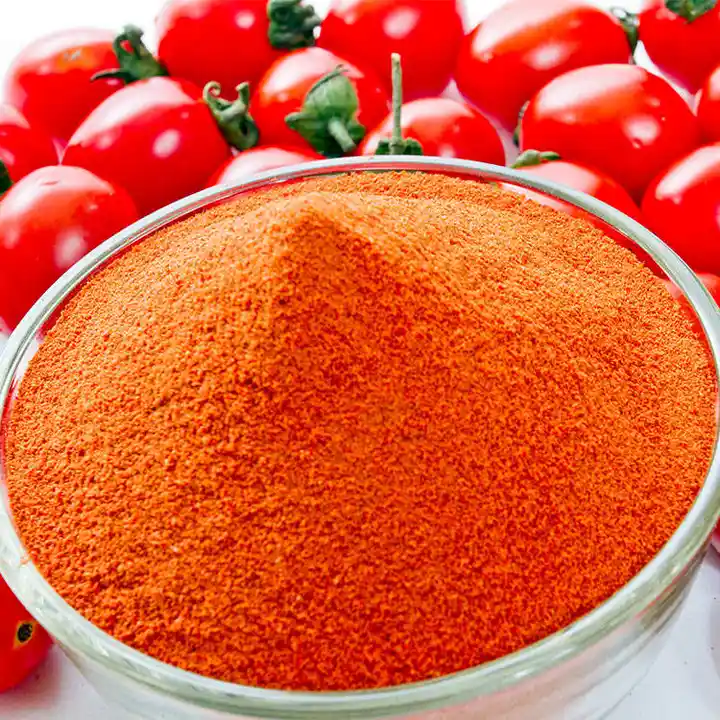| Basic Information | |
| Product name | Lutein/Xanthophyll |
| Grade | Food grade/Feed grade |
| Appearance | Brown yellow or dark brown |
| Assay | 20% |
| Shelf life | 2 years if sealed and stored properly |
| Packing | Drum or Plastic Drum |
| Characteristic | Lutein is insoluble in water and propylene glycol, but slightly soluble in oil and n-hexane. |
| Condition | Store in a well-closed container away from moisture and direct sunlight |
Description
The molecular formula of lutein is C40H56O2, with a relative molecular weight of 568.85. Orange yellow powder, paste or liquid, insoluble in water, soluble in organic solvents such as hexane. It is itself an antioxidant and can absorb harmful light such as blue light.
The functions of lutein are as follows:
1. Prevention of obesity related diseases
2. Improve visual function in patients with age-related macular degeneration (AMD) and healthy individuals
3. Reduce the risk of cardiovascular disease in healthy individuals
4. Reduce UV induced skin damage in normal individuals
5. Coloring egg yolks, poultry, and chicken feed
6. Anti cancer function
Function and Application
Lutein is a natural substance that widely exists in vegetables, flowers, fruits and other plants. It lives in the substances of the "carotenoid" family. At present, it is known that there are more than 600 kinds of carotenoids in nature. About 20 kinds of human blood and tissues. Carotenoids found in humans include dα-carotene, P1 carotenoids, cryptoxanthin, lutein, lycopene, and none of them are flavins. Medical experiments have proved that natural lutein contained in plants is an excellent antioxidant.Lutein is highly safe, non-toxic and harmless. It can be directly added to food like vitamin, lysine and other commonly used food additives.
Xanthophyll is the most important nutritive component in human retina. There is a high concentration of Xanthophyll in macula (central vision) and lens of the eye retina. The human body cannot synthesize Xanthophyll itself, and it must be taken up from food. After breaking through all difficulties, Xanthophyll goes into the lens and macular to perform antioxidant effects, and neutralize harmful free radicals, and filter out the blue light (which is harmful to the eye), and avoid oxidation damage to eyes caused by sunlight.
Natural Xanthophyll is an excellent antioxidant, which can prevent cell senescence and body organs aging when added to food with an appropriate amount. It can also prevent eyesight degeneration and blindness that caused by age-related retina macular degeneration, and can also be used as feed additives for staining of poultry meat and eggs, as well as a colorant and dietary supplements in food industry.
-
Plant Extract Pueraria Root Extract CAS 5013-01...
-
Turmeric Root Extract Curcumin Powder Liver Pro...
-
Plant Extract Andrographis Paniculata Extract
-
Food Additives And Nutritional Supplements Beta...
-
Hot Selling Plant Extract Powder Pueraria Root ...
-
Plant Extract Lycopene Powder Tomato Extract po...











